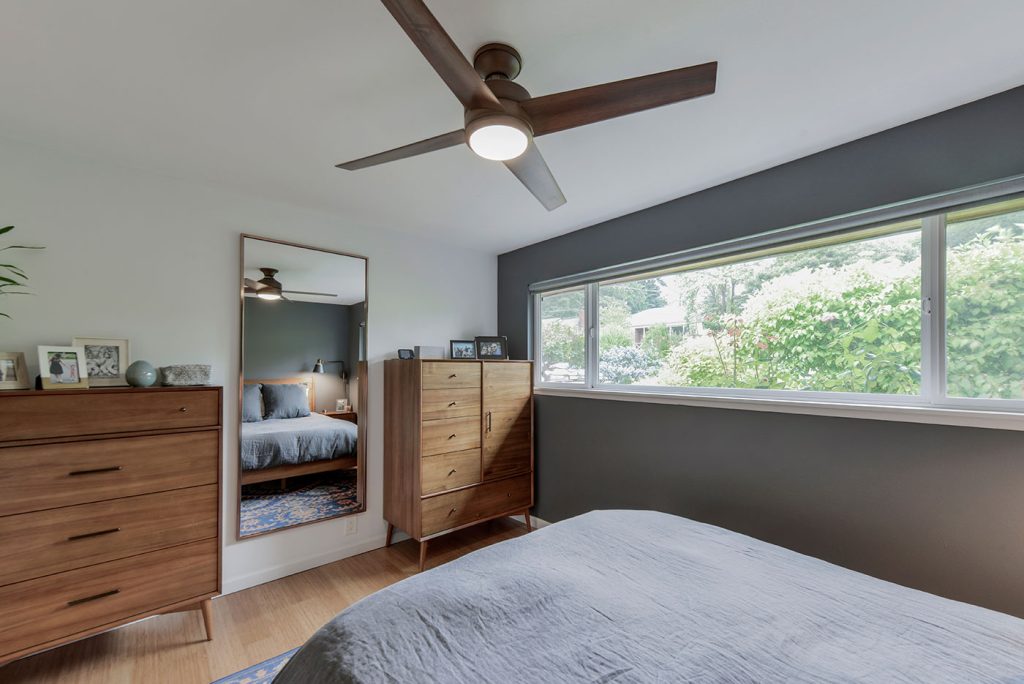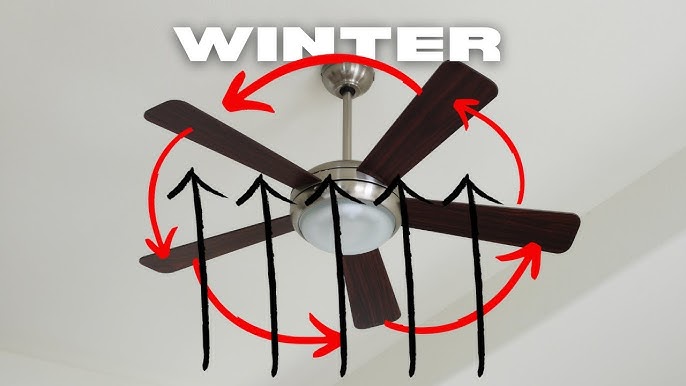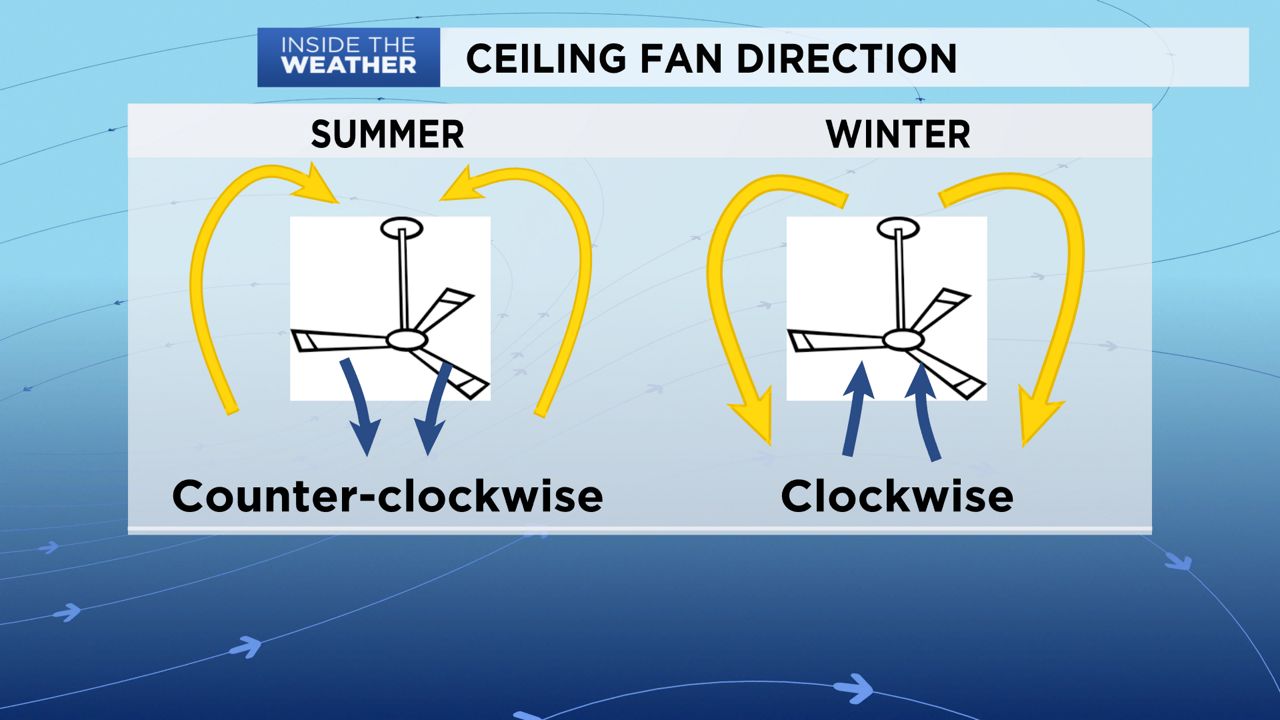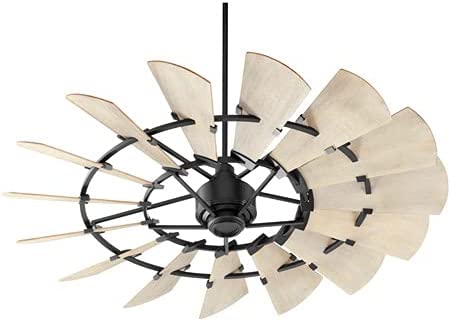Maximizing Ceiling Fan Utility: Understanding the Clockwise Direction
Ceiling fans are a common sight in homes, offices, and other indoor spaces. They are not only a cost-effective solution for maintaining a comfortable temperature but also contribute to the aesthetic appeal of the space. One aspect of ceiling fan usage that often goes unnoticed is the direction of its rotation. So, let’s delve into the question – which way is clockwise on a ceiling fan?

Ceiling Fan Direction: An Overview
Nearly all ceiling fans come equipped with a switch that allows you to change the direction of the fan blades. This feature is designed to help regulate the temperature in your space, leading to significant energy savings.
1. The Role of a Ceiling Fan with Air Conditioning
In the scorching summer heat, many individuals rely on air conditioning units for cooling. However, continuous usage of air conditioners can lead to hefty electricity bills. This is where your ceiling fan comes into play. The average ceiling fan utilizes approximately 50 watts of power, a fraction of the 3,500 watts used by a standard high-efficiency central air conditioning unit.

2. The Summer Direction: Counterclockwise
During the summer months, setting your ceiling fan to spin counterclockwise can help create a cool breeze. This directional movement pushes air downwards, helping maintain a consistent room temperature and reducing the need for constant air conditioning.
The Importance of Blade Angle
For maximum cooling, the angles of your ceiling fan blades should be set to a minimum of 12 degrees. However, ensure that the angle does not exceed 16 degrees as it might disrupt loose items in the room.
3. Utilizing Ceiling Fans in Colder Weather
Using a ceiling fan during winter might seem contradictory, but it can result in up to 15% savings on heating bills. By spinning clockwise at a low speed, ceiling fans can distribute and maintain the heat from your furnace evenly across the room. This allows for a lower thermostat setting, aiding in energy conservation.
4. Ceiling Fan Direction in Specific Rooms
Just as different rooms serve different purposes, the direction of your ceiling fan can be adjusted to cater to specific needs:
- Vaulted ceilings: Since the mount height eliminates the possibility of a wind chill effect, the fan can be set to a counterclockwise setting all year round.
- Dining rooms: To prevent your food from cooling too quickly, set the fan to turn clockwise at a medium or low speed.
- Home office: If paperwork is a major part of your work, setting the fan to medium and turning clockwise will prevent papers from scattering.
- For smokers: Setting your ceiling fans to run clockwise can draw smoke upwards and away, improving air quality.
- Outdoor spaces: An outdoor ceiling fan on a porch or covered patio rotating counterclockwise at high speed can help keep mosquitos and other flying insects at bay.

5. General Ceiling Fan Direction Tips
Here are some additional tips to optimize the use of your ceiling fan:
- Ensure all screws and bolts are securely tightened.
- Regularly clean the blades and motor to prevent the fan from working harder and using more energy.
- Remember to turn off the fan when it’s not needed.
- Install a ceiling fan with a remote control or switch for easy operation.
6. Winter/Summer Modes Enhance Ceiling Fan Functionality
Many ceiling fans, like those from Westinghouse, come with a specific winter/summer mode. In the summer, the fan runs counterclockwise, creating a pleasant breeze. In the winter, switching the fan to a clockwise direction helps to distribute warm air evenly throughout the room, increasing comfort levels and decreasing heating costs.
When to Switch Ceiling Fan Direction
One easy way to remember when to switch your ceiling fan direction is by aligning it with Daylight Saving Time changes. As we “spring forward,” ensure your fan is spinning counterclockwise. When we “fall back,” change your fan direction to winter mode, spinning clockwise.

Ensuring Proper Ceiling Fan Installation
Before deciding which way is clockwise on a ceiling fan, it’s crucial that your ceiling fan is correctly installed and maintained. Here are some factors to consider:
- Ceiling fans should hang between seven and nine feet from the floor.
- The clearance between the ceiling fan blades and the ceiling should be a minimum of 10 inches.
- A ceiling fan should be mounted at least 18 inches away from any walls.
- For vaulted ceilings, hang the ceiling fan from a down rod to achieve the right height.
How to Change Ceiling Fan Direction
Depending on your fan model, there are different ways to change its direction. Here are a few methods:
- For pull chain fans: Look for a reversing fan switch on the fan body or light fixture. Slide this switch to change the direction.
- For fans with remotes: Many modern fans have a push-button reverse option on the handheld remote control.
- For smart home ceiling fans: With smart home devices, you can use a voice command or toggle the ceiling fan direction option in the app to reverse your ceiling fan’s direction.
the direction in which your ceiling fan spins can significantly impact its effectiveness and your comfort. Understanding which way is clockwise on a ceiling fan, and when to use it, can enhance the functionality of your fan while also contributing to energy efficiency. Whether it’s the cooling breeze in the summer or the warm air circulation in the winter, the right use of your ceiling fan can make all the difference.

